babycity's top tips for Sleep Training multiples
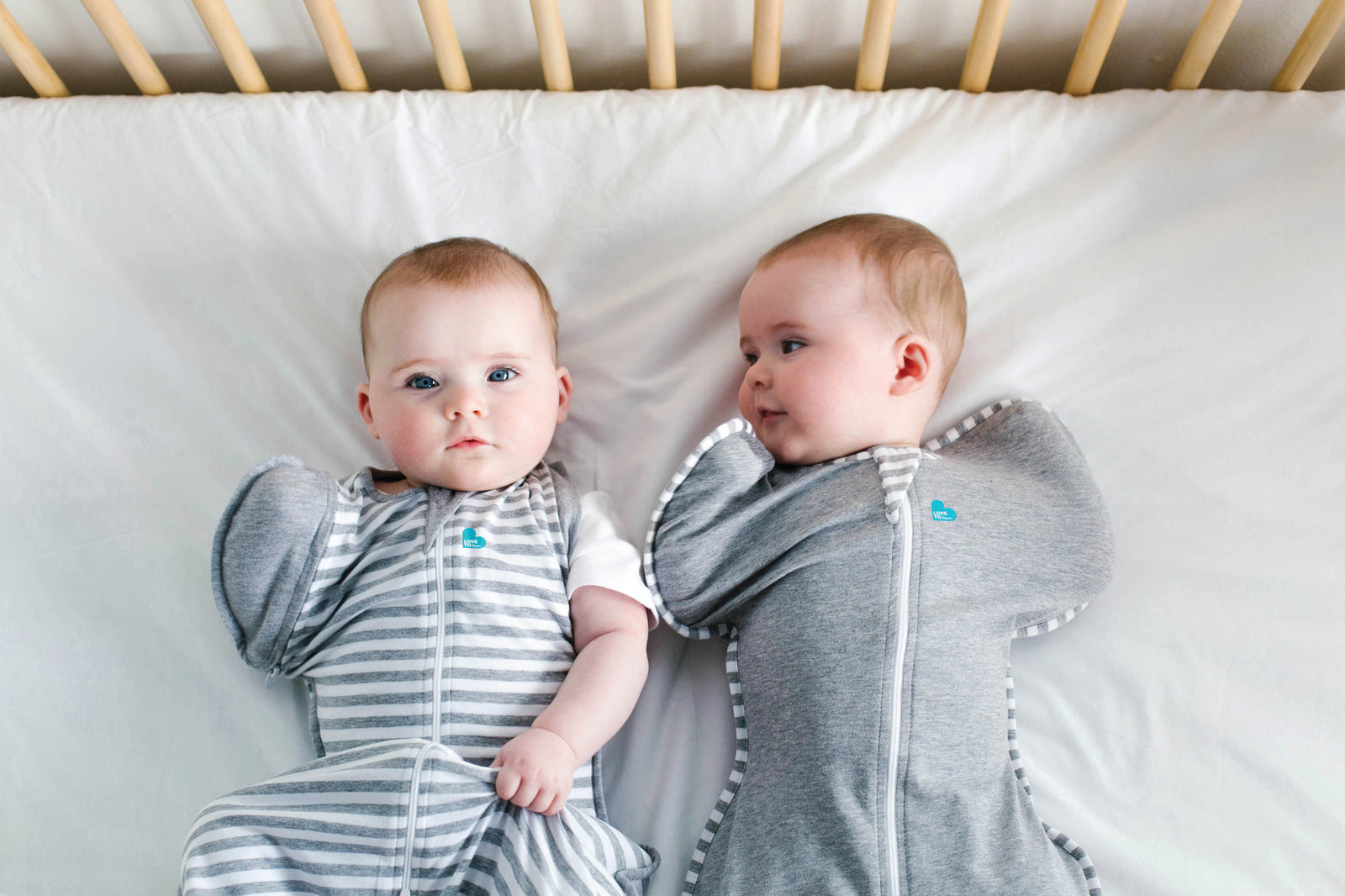
Navigating sleep and sleep training is crucial for the well-being of both baby and the entire whānau. We understand the profound impact of sleep deprivation, which can feed into postpartum depression and parental burn out – making it difficult to function. While sleep training can feel overwhelming, by addressing sleep challenges early on, we aim to alleviate stress and foster a more harmonious environment for the entire whānau to thrive. Let's work together to ensure everyone gets the rest they need for optimal health and happiness.
Sleep training is the process of teaching your baby to independently sleep without help from you
It’s often recommended you can begin sleep training between 4-6 months old. This is the sweet spot as babies are old enough to physically make it for six to eight hours overnight without needing to feed but aren’t quite at the point where the comfort you have provided has become a sleep association cue.
This recommendation can vary for parents of multiples, as there is a higher likelihood that multiples will be born premature, which means they may require a grace period to allow them to reach the expected developmental milestones. Which segways nicely into our first tip – adjusting the milestone expectations of multiples.
1. Adjust age expectations
Adjusting milestone expectations is crucial for parents of multiples, especially considering the likelihood of a premature birth. When babies are born prematurely, they will often require additional support and monitoring in their first few months to help them reach the developmental milestones expected of a baby born at full term due to their size at birth. For this reason, the recommendation of beginning sleep training between 4-6 months old may not apply, and you may find you aren’t able to sleep train until closer to 8-12 months post-birth.
This is totally normal, as babies who are born prematurely will likely be smaller than a full-term baby – which means they will also have much smaller stomachs which require more frequent feeds through the night, to keep them satiated and help them gain the weight they need. This is why tracking developmental milestones based on adjusted age, rather than birth date is essential. Comparing a premmie’s progress to that of a full-term baby at the same age isn't fair; adjusting their milestone expectations, allows you to assess their progress more accurately.
2. Keep together for bedtime but separate rooms for naps
If you’re having troubles getting both babies to nap during the day, consider keeping them in separate rooms for daytime naps and together in the same room for nighttime sleeps. Babies lack the same melatonin production as adults, making it challenging for them to nap effectively in the same room. Separating them during nap times promotes a conducive environment for deep, restorative sleep. This practice is highly recommended for establishing healthy sleep habits and ensuring your little one gets the quality of sleep for growth and development.
3. Same schedule
A non-regimented yet stable routine allows them (and you!) an easier process sleep strategy. Try to put your babies to sleep at the same time and try keeping them as close to the same schedule as possible to develop healthy sleep patterns, and to give yourself some time off E.g. if your babies nap or sleep at different times, one or both may be awake at any given time – leaving you feeling overwhelmed. It’s normal for one baby to require more sleep, so at nap time if baby A wakes, let baby B nap for 20-30 mins and leave their door open to allow a natural wake up.
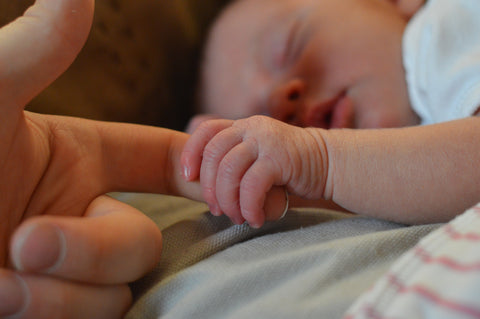
4. Involvement of Caregivers
Establishing sleep routines for your babies involving caregivers will set you up for success. It’s difficult getting one baby to sleep let alone two, three or more! As the saying goes – it takes a village to raise a child and there’s no shame in asking for support from friends and loved ones - though you may want to take it on yourself, it’s important to take a break every now and then.
Shared involvement from your significant other or loved ones allows you all to share the load of sleep training and understand your babies' preferences. Keep communication open with those around you helping on your babies’ journey through sleep training to foster a stronger ‘village’; allowing your babies to feel secure and supported in their sleep routine. Thus, promoting a smoother transition to bedtime - better sleep for everyone involved!
5. Cut the sleep props
Bouncing, rocking or feeding to sleep - while these methods may initially soothe a baby to sleep, these can create a dependency on external cues for sleep routines.
Pop your little ones to bed drowsy, but not asleep, so they can teach themselves to self sooth and drift to sleep on their own. Rocking babies to sleep in your arms can create a reliance and babies will then only fall asleep based on that cue.
Babies may struggle to self-soothe and settle back to sleep without these sleep props, but by eliminating these early reliance's early and encouraging self-soothing techniques, this will help babies fall asleep dependently – always the end goal!
6. Be confident
Find your rhythm, and just be consistent. Don't be disheartened and give up after one hiccup – be kind to yourself - just roll with it, and then pick up your routine again. Practice makes progress, and imperfection is ok!
Explore our top picks to support you and your little one’s sleep journey
Swaddles to create a snug and secure sleep environment:
Swaddle Suits |
||
|
Love to Dream |
Living Textiles |
Mokopuna Merino
|
Traditional Swaddle Wraps |
||
|
Little Unicorn Cotton Muslin |
Little Linen |
Living Textiles Swaddle Wraps |
|
Wild Ferns |
Tui Balms |
Made4Baby |
White Noise sleep trainers to block out external noise, and improve sleep quality:
|
Yogasleep Nod Sound Machine and Night Light |
Moosebaby Calm-a White Noise Machine |
Zazu Sleep Trainer Range |
Or you can find some great free white noise playlists on Spotify and YouTube.



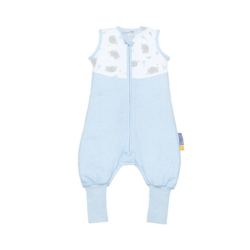






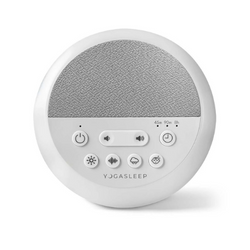
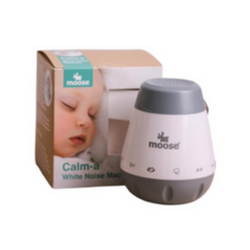
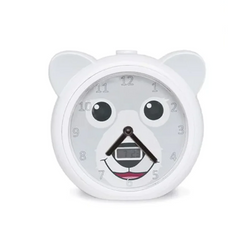


Leave a comment